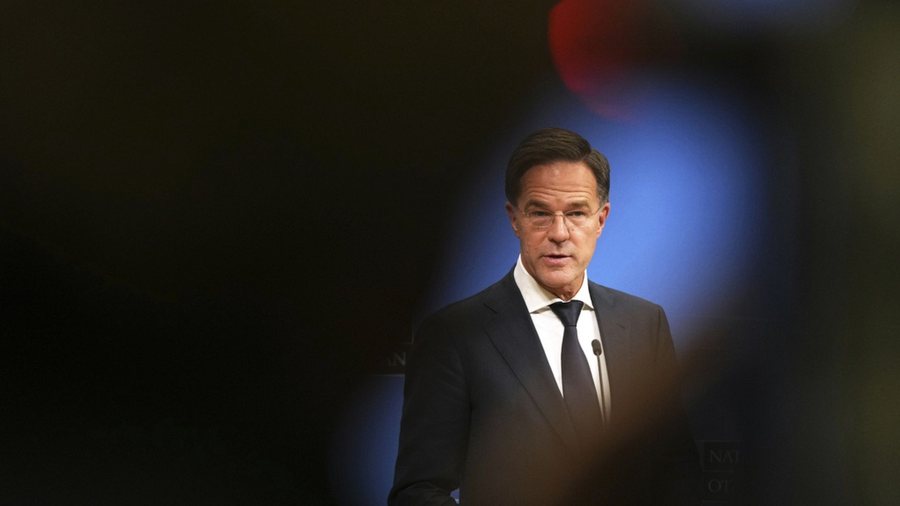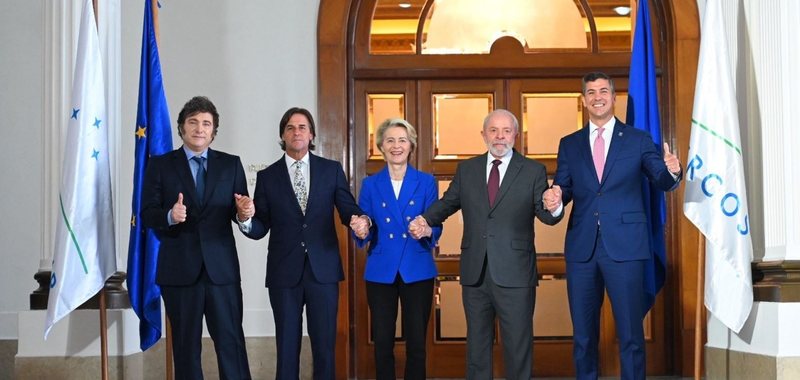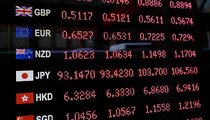EU military spending increases - Uncertain geopolitical future encourages investment!

Military spending in EU countries has seen a significant increase in recent years. In 2023 alone, EU countries invested €279 billion, the highest amount ever recorded by the European Defense Agency (founded in 2004) and a 10% increase from 2022.
But rising defense spending is not a new trend. Its upward trajectory began in 2014 when Russia annexed the Crimean Peninsula. Last year, the countries that spent the most were Russia's neighbors: Poland invested 3.3% of its GDP in defense, followed by Estonia (3.0%) and Latvia (2.9%).
European Defense Agency chief executive Jiří Šedivý says that most of the investment goes into "equipment available from outside the EU, highlighting the need to strengthen the EU's defense technological and industrial base (EDTIB).
"Buying together saves money, while developing assets together makes us more independent." "Europe lags behind the United States and China in defense technology research and investment. To secure Europe's future, we must prioritize innovation and unity."
Defense spending increased in 22 of the 27 EU member states. In 11 of them, it increased by at least 10%. More than 80% of defense investments, or 61 billion euros, were allocated to new defense items, namely air defense systems, fighter jets and battle tanks.
This year, EU defense spending is expected to reach €326 billion, equivalent to 1.9% of EU GDP, just below the 2% guideline set by NATO for its members.
NATO's new secretary general Mark Rutte, however, said on Wednesday that "2% is not enough" to maintain deterrence in the long term. "We can defend ourselves now and no one should try to attack us. But I want this to remain the same in 4 or 5 years", he said after the last meeting of NATO foreign ministers in Brussels.
In July, US President Joe Biden and his NATO counterparts approved the biggest change since the Cold War to how the alliance would respond to a Russian attack.
Under a top-secret new plan, NATO aims to have up to 300,000 troops ready to move to its eastern flank within 30 days. The plans predict which allies would respond to an attack anywhere from the Arctic and Baltic Sea regions to the Atlantic and east to the Black Sea.
But senior NATO officials admit that countries may need to spend as much as 3% of GDP to successfully execute the security plan. Rutte also said that NATO could set specific targets for member countries in order to fill gaps in military equipment.

China "bypasses" EU tariffs - Increases exports of hybrid cars to avoid bloc obstacles
Major Chinese electric vehicle makers may have found a way to sidestep increased EU tariffs on electric cars while continuing to expand their share of the......

Balluku inspects Lot 4 of the Great Ring Road - "Due to the expropriations, we had difficulties in Lot 5 and 6"
On December 31, the Eastern Ring Road is expected to open for vehicle traffic. Deputy Prime Minister Belinda Balluku, at the same time Minister of......

Von der Leyen reaches the EU-Mercosur trade agreement, in the face of French opposition!
More than twenty years after the start of negotiations, the European Union and the Mercosur countries Argentina, Brazil, Paraguay and Uruguay - have finally......

Coffee prices at 47-year high - Extreme weather has pushed costs up sharply as demand continues to rise
Coffee prices have reached a 47-year high. This comes as a result of Arabica coffee futures recently hitting $3.35 per ounce (453 grams). That's 70% more......

Total investments in Albania increase by 3.8% - BSH: However, their ratio to GDP has suffered a small decrease
Investments in our country, whether made by the state or the private sector, have increased significantly throughout this year. Despite this, the ratio of......

Energy efficiency in multi-family buildings - The Agency opens two tenders in Elbasan and Shkodër
The Agency for Energy Efficiency has opened two tenders for renovation with high energy efficiency in multi-family buildings respectively in the city of......

"Energy plants inside pastures" - The new law comes into force, allowing the development of these projects
Within the pasture fund, the construction of solar and wind power plants will be allowed. The new law has been published in the Official Gazette, paving the......

US restricts chip exports to China - The decision aims to hinder Beijing's advance in the military sector
The United States imposed new restrictions on exports of chips and semiconductor equipment to China, marking the latest blow by the Biden administration to......





















